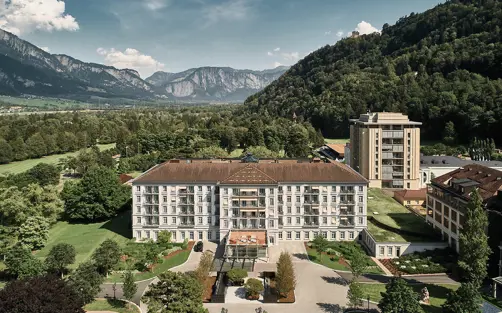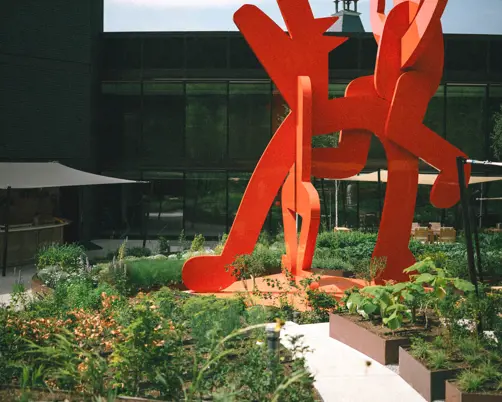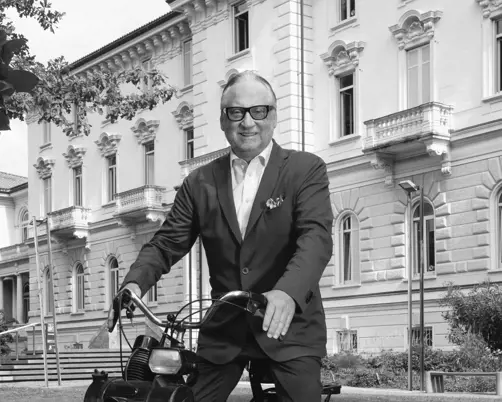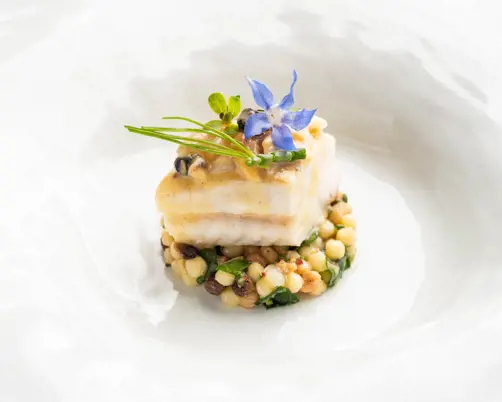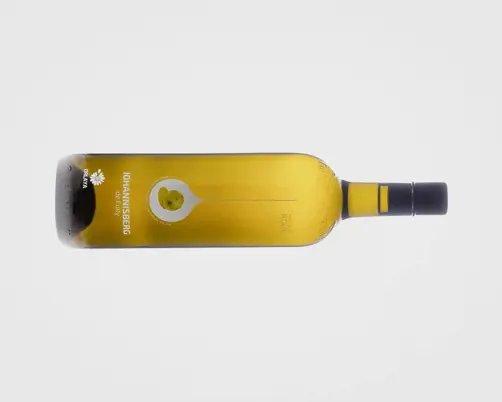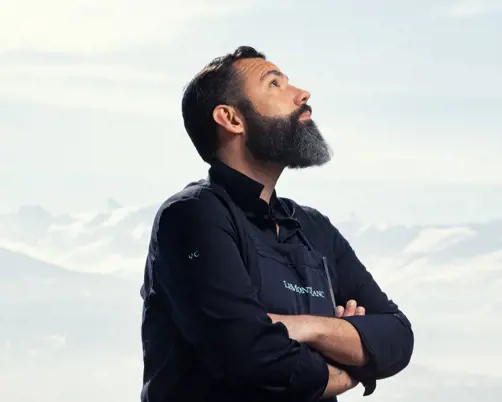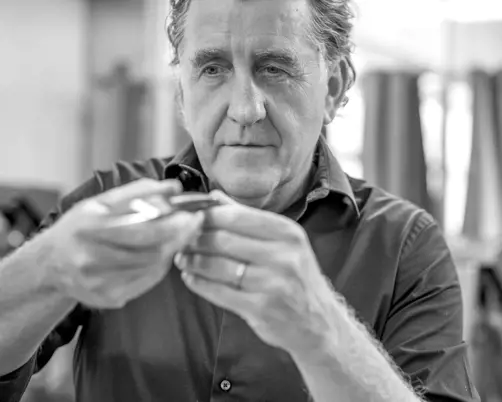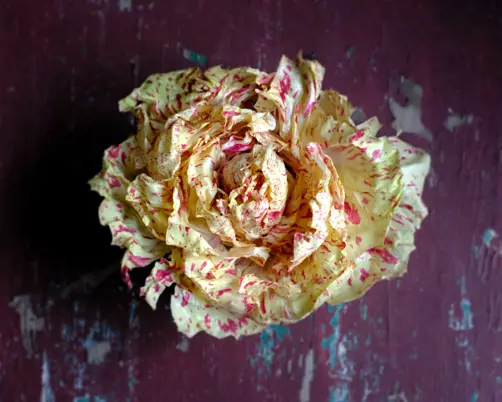Green Drinking
Champagne for the aperitif, Pinot Blanc with fish, Brunello with lamb … alcoholic beverages can be the perfect accompaniment to gourmet fare. Ideally, the right pairing enhances the flavours of the food. But what if you want to enjoy a nice meal without drinking alcohol?
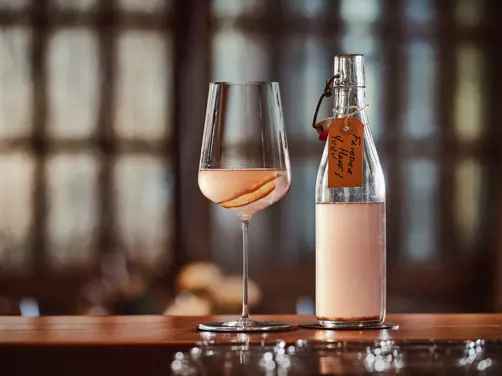
Typically, teetotallers are invited to choose between water, soft drinks and juices. There is another option, though. Inspired by Nordic cuisine, Amanda Wassmer-Bulgin, Director of Wine at the Quellenhof, has created a non-alcoholic beverage accompaniment for Memories, the restaurant with two Michelin stars where her husband Sven Wassmer is head chef.
In Nordic countries, where wine is not grown, good restaurants serve non-alcoholic menu accompaniments as a matter of course. Among the pioneers in Europe exploring alternatives to alcohol were stars of New Nordic cuisine such as René Redzepi, whose restaurant Noma was serving rose kombucha, oil from blackcurrant wood and ant juice alongside his creations years ago. In Japan and China, as is well known, gourmets celebrate multi-course meals with tea.
The restaurants at the Grand Hotel Quellenhof Bad Ragaz have featured alcohol-free menus for some time now due to the number of international visitors from Arab and Asian regions. That said, alcohol-free dining is a growing phenomenon among local diners, in line with the trend towards healthy, regional and natural food.
The aim was never to imitate wines: ‘Our non-alcoholic beverages are autonomous creations, optimally tuned to the taste of the food – and sometimes very surprising.’ The rock tea tastes malty and spicy, almost like a barley soup. As an alternative to a full-bodied red wine with the main course, she serves a blueberry koji, which has fermented rice as its main constituent. And instead of Chardonnay with the fish, she suggests a tart drink composed of verjuice (the juice of unripe grapes) and celery.
The non-alcoholic drinks not only take diners into new taste territory, they also have a rather agreeable side effect: after an extended meal, you rise from the table feeling clear and light. In fact, you ought to feel as if you were leaving an art gallery – enthused and inspired!
‘The taste experience should be perfect even if you don’t drink alcohol. I gained my first experience of non-alcoholic beverages at Restaurant 7132 in Vals, where I worked with my husband. I was pregnant at the time and experimenting with ingredients for drinks that could accompany the dishes on the menu. Experimenting at the molecular level, we looked at how certain flavours in food go with certain liquids. We made kombucha and kefir, blended fruit juices with teas and herbs, worked with vegetable peels, marinated nuts and fruit.’
Words Titus Arnu
